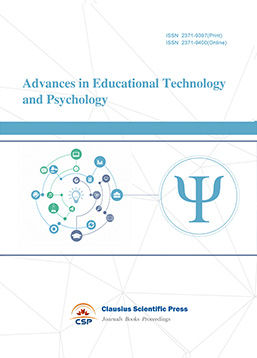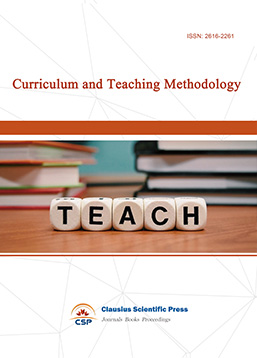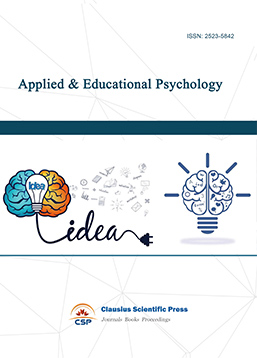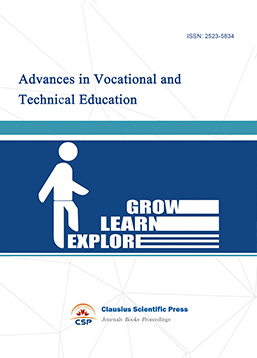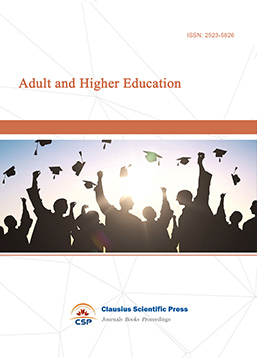Critical Evaluation of Translanguaging in Primary School English Class in Xi'an
DOI: 10.23977/trance.2024.060424 | Downloads: 47 | Views: 1263
Author(s)
Jinke Yin 1
Affiliation(s)
1 Department of English, Xi'an Fanyi University, Xi'an, China
Corresponding Author
Jinke YinABSTRACT
The issue of this article is about translanguaging, and the author critically discusses the application of the translanguage method in a specific context. This paper explores the impact and effectiveness of adopting a translanguaging pedagogical approach on English learning in the educational context of Xi'an, Shaanxi Province, China. The author describes the strictly enforced English-only teaching environment in local schools and its effects on students' language learning, noting that while this approach aims to improve students' English proficiency, it may also limit their potential to use their full linguistic repertoire for learning. The paper argues that translanguaging not only helps students better master a new language but also promotes their identity and cultural understanding in a multilingual environment. Through translanguaging, students can use different languages for communication both inside and outside the classroom, thereby enriching their language knowledge base. The author calls on educators to give students more linguistic autonomy in teaching and create a multilingual ecological environment in the classroom to enhance students' overall development and language skills.
KEYWORDS
Translanguaging, Primary school, English classCITE THIS PAPER
Jinke Yin, Critical Evaluation of Translanguaging in Primary School English Class in Xi'an. Transactions on Comparative Education (2024) Vol. 6: 182-186. DOI: http://dx.doi.org/10.23977/trance.2024.060424.
REFERENCES
[1] Cummins, J. (2007). Rethinking monolingual instructional strategies in multilingual classrooms. Canadian journal of applied linguistics, 10(2), 221-240.
[2] Garcia, O., & Wei, L. (2014). Language, languaging and bilingualism. In Translanguaging: language, bilingualism and education (pp. 5-18). Springer.
[3] Lindholm-Leary, K. (2006). What are the most effective kinds of programs for English language learners. English language learners at school, 64-85.
[4] Otheguy, R., & García, O. (2019). Plurilingualism and translanguaging: Commonalities and divergences. International Journal of Bilingual Education and Bilingualism.
[5] Makoni, S., & Mashiri, P. (2006). Critical historiography: Does language planning in Africa need a construct of language as part of its theoretical apparatus? In Disinventing and reconstituting languages (pp. 62-89). Multilingual Matters.
[6] Otheguy, R., García, O., & Reid, W. (2015). Clarifying translanguaging and deconstructing named languages: A perspective from linguistics. Applied Linguistics Review, 6(3), 281-307.
[7] Selinker, L. (1972). 1972: Interlanguage. International Review of Applied Linguistics 10, 209–231.
[8] Grosjean, F. (1982). Life with two languages: An introduction to bilingualism. Harvard University Press.
[9] Cummins, J. (2005). A proposal for action: Strategies for recognizing heritage language competence as a learning resource within the mainstream classroom. Modern Language Journal, 585-592.
[10] Canagarajah, S. (2013). Theorizing a competence for translingual practice at the contact zone. In The multilingual turn (pp. 88-112). Routledge.
[11] Selinker, L. (1969). Language transfer. General linguistics, 9(2), 67.
[12] Prada, J., & Turnbull, B. (2018). The role of translanguaging in the multilingual turn: Driving philosophical and conceptual renewal in language education. E-JournALL 5(2) (2018), pp. 8-23.
[13] Schmidt, R. (1994). Deconstructing consciousness in search of useful definitions for applied linguistics. Consciousness in second language learning, 11, 237-326.
[14] Scarino, A., & Liddicoat, A. J. (2016). Reconceptualising Learning in Transdisciplinary Languages Education. L2 Journal, 8(4). https://doi.org/10.5070/l28429918
[15] Group, D. F. (2016). A transdisciplinary framework for SLA in a multilingual world. The Modern Language Journal, 100(S1), 19-47.
[16] May, S. (2013). Introducing the "multilingual turn". In The multilingual turn (pp. 11-16). Routledge.
| Downloads: | 14391 |
|---|---|
| Visits: | 562181 |

 Download as PDF
Download as PDF